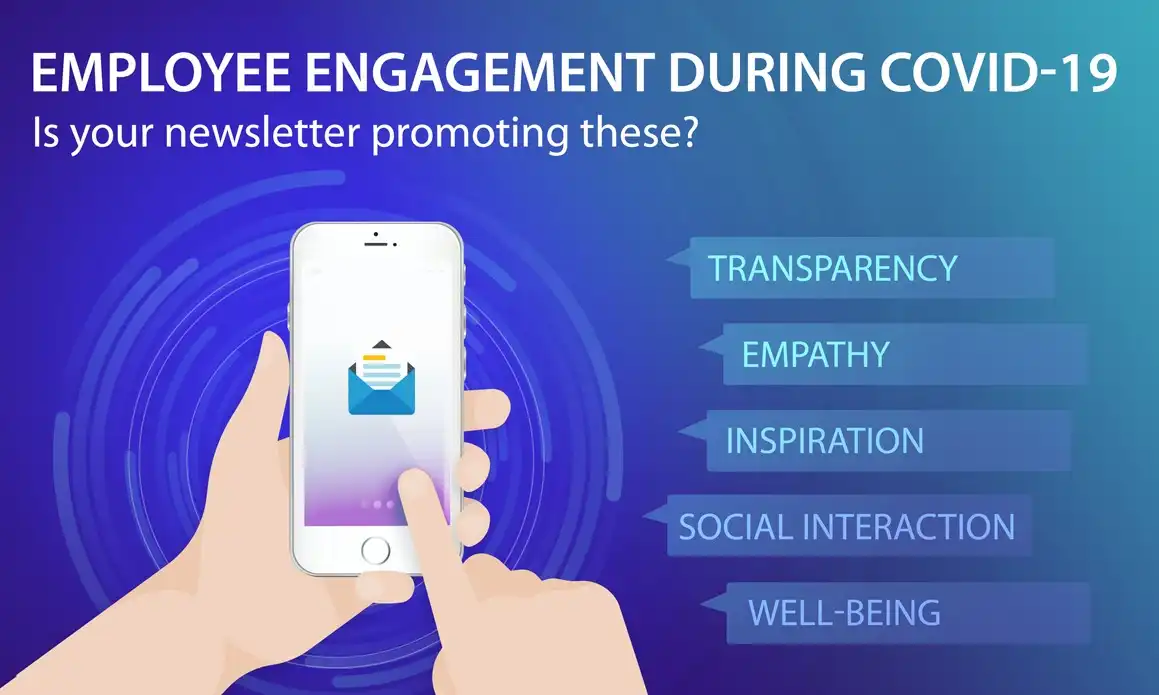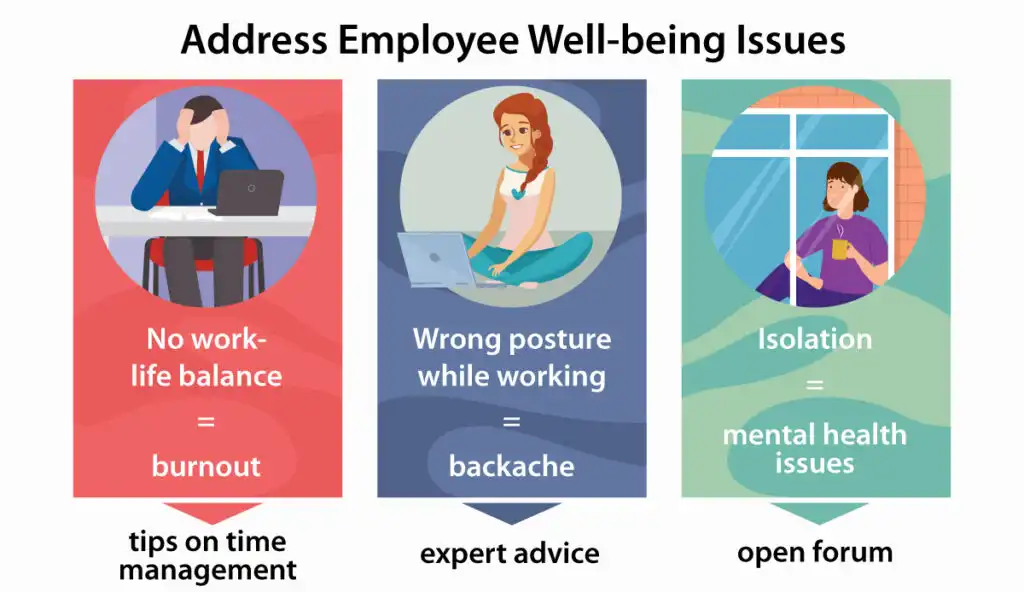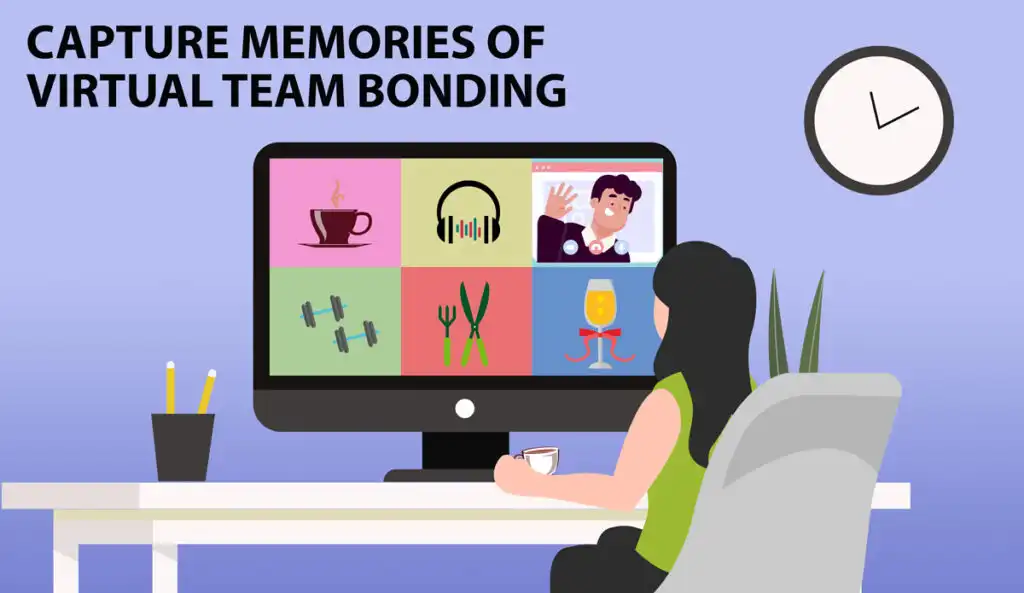
Why Employee Newsletter is Key to Boosting Morale During COVID-19
13 July 2020
Panchalee Thakur
First came images and stories that narrated the toll that COVID-19 was taking on human lives. And now we are increasingly seeing its toll on livelihoods. As the fear of job loss and uncertainties over returning to pre-pandemic days grows, employees are looking towards their organisations for reassurance and encouragement.
Internal communication has a far greater role to play now in keeping employees happy, healthy and productive. One great way to achieve this is by connecting and engaging with them through the help of an employee newsletter.
One in four professionals who are working from home in Singapore is facing issues around mental well-being “due to worries over the economic and health impacts of COVID-19.” Decline in mental health, productivity and fears over job security are a few struggles professionals are tackling globally.
Focussing on the human element in your employee newsletter
HR leaders and business heads need to demonstrate empathy, address employees’ worries and find creative ways to improve employee engagement. In an era where social distancing and virtual meetings are the new norm, employers need to leverage newsletters to communicate better. It means relooking at the newsletter to check whether it is aligned to the current times.
- What can I do to effectively address the concerns my team members have?
- What can I do to strengthen team spirit and inspire them every day?
- How can I better support employees during this crisis?
- How can I improve team-bonding while they work remotely?
Newsletters are an excellent communication tool to deliver your messages instantly, persuasively and cost-effectively. If you already have an employee newsletter, think of how you can remodel or reorient it to meet today’s needs. If you do not have one yet, there is no better time than now to get started.
We present four rules that you can employ to make your employee newsletter a powerful tool for employee communication, engagement and satisfaction.
Rule #1: Publish business updates regularly, make it honest and transparent
This is a time of frequent regulatory changes, with rules around travel, quarantine and social distancing being revised regularly. Use the employee newsletter to update your team about how a new rule will affect them and the way the company operates. Let it also be a means for a corporate heart-to-heart talk on a range of topics: How the company is faring during the crisis; efforts you are undertaking to sustain the business and operations; and the challenges and opportunities for the company in the near to medium term.
Here are a few more pressing topics that you can address in business and company updates.
- What is the expected duration for employees to continue to work remotely?
- If the company is planning for employees to return to work, what will the new norms be like? Remember to list the safety measures and workspace remodelling that you have implemented for employees well-being.
- What is expected of employees who are resuming work in the office?
Rule #2: Provide guidance and help in overcoming challenges
If there is one thing Singaporeans did not look forward to until recently, it was the daily commute in MRT coaches packed like sardines. But now there is almost a sense of nostalgia when you think of the rush hour travel stories. Work from home for extended periods of time is affecting both the seasoned and young professionals. As this study shows, as many as 70 percent of Gen Z employees and 69 percent of millennials are experiencing challenges in working remotely. Almost half of the survey respondents feared that their connection with co-workers was waning.
A few other challenges that employees are facing now include a decline in mental well-being, increased loneliness and social disconnect.
Think of how you can use your employee newsletter to enhance employee experience and counter a potential decline in team bonding, employee well-being and the company culture.

As a first step, identify and acknowledge the challenges that your teams are facing, and then devise strategies to address those through your newsletter.
Here are some ideas to consider:
- Dedicate a section in which experts give ideas on how to make work from home easier, more comfortable and productive. For example, long hours at the desk while sitting in non-ergonomically designed furniture can cause muscle sprains and strain in the eye. So what is the solution? Get an interior or furniture designer to advise on how your work space at home can be better designed to avoid these issues.
- Include tips on how employees can find work-life balance, given that the number of cases of burnout is rising. Creating a schedule for the duration of their work hours, including time for meals and breaks, can help them feel more in control of their time while working from home.
- Add advice on physical and mental well-being with lifestyle, dietary and exercise tips focussed on some common issues resulting from prolonged work from home. Make it two-way communication; let employees post their queries and concerns, and you get those addressed in this section.
- Insert links of external videos, podcasts or articles that offer employees a more in-depth perspective of new strategies that they can use to overcome their concerns.
Rule #3: Bring inspiring stories of employees to life
During these trying times, what can you do to keep employee morale high? It is a great idea to feature team members in the newsletter who could be a source of inspiration to others. These could be everyday stories of achievements or heroism from team members who have gone beyond their call of duty during these times. Such stories of commitment and courage from others in the team will resonate with employees and provide them inspiration to overcome their own challenges.
What stories can you share to inspire fellow colleagues?
- If someone in your team has volunteered for community work, devote a space in the newsletter to talk about that colleague. Remember the expat who did a side gig as a food delivery rider to raise money for the Children’s Cancer Foundation and collected over S$15,000 in two weeks? Such heartwarming stories of ordinary people doing extraordinary work are always a great way to lift someone’s spirit.
- An act of heroism or selflessness may not be so big that it gets media attention. But it may still make good reading for a newsletter. Look out for examples of employees who have gone beyond their call of duty to help clients and colleagues during the crisis.
- There are many examples of Singapore companies giving back to society. If your company is organising a social initiative, use this space to invite volunteers. Or if you are already running a campaign, talk about the impact that you have made. This will let your employees take pride in the company’s social initiatives.
Rule #4: Promote team interactions. Up for a virtual happy hour, anyone?
Social distancing and masks are our reality for now. But lack of physical proximity does not have to mean emotional distancing. Many organisations are holding weekly virtual team bonding sessions. Use your employee newsletter to capture these moments and popularise the concept across the organisation.

Make the virtual social interactions more creative and share employee experiences about them in the newsletter.
- Why not take the virtual sessions up a notch by organising a virtual happy hour? Dedicate an hour every week to get together online to talk about anything but work. Add a dose of fun by making it theme-based, and post photos and comments about the event in the newsletter.
- People are also experimenting with cocktail mixing and sushi rolling as virtual team activities. For this activity, you receive the ingredients and apparatus by post and an expert guides you on how to go about it. These are again great moments that you can bring alive through photos and write-ups in the newsletter.
- Devote space in the newsletter to talk about employees’ personal passion projects. Many professionals took to developing new hobbies or following an indoor fitness regimen during the lockdowns. Think of featuring a colleague’s balcony garden or another’s weight loss journey. This will open up new conversations and bonds.
In conclusion…
An important lesson organisations have learned from COVID-19 is the need to have a strong communication plan for their audience. A newsletter that drives a consistent message, realigns the content to go with the pulse of the moment, and continues to promote the company’s culture will act as a glue that brings remote working teams together in spirit. Work with communications experts to create an editorial mix and the right tone and style for your newsletter that will help the organisation come out stronger from this crisis.
How can we help? Read our newsletter services and tell us what we can do for you.
